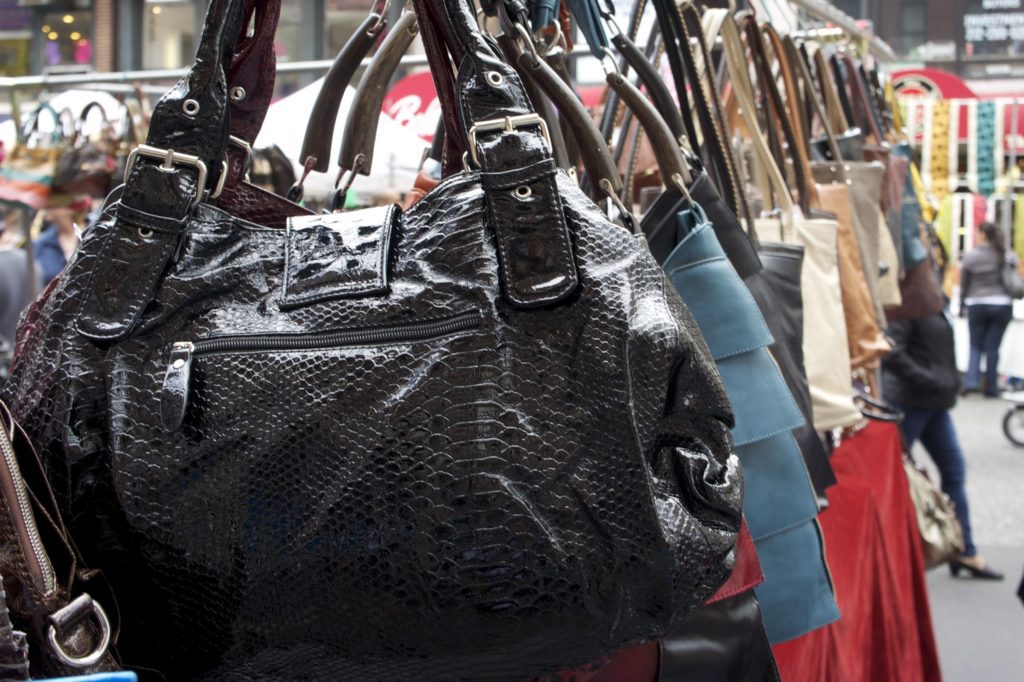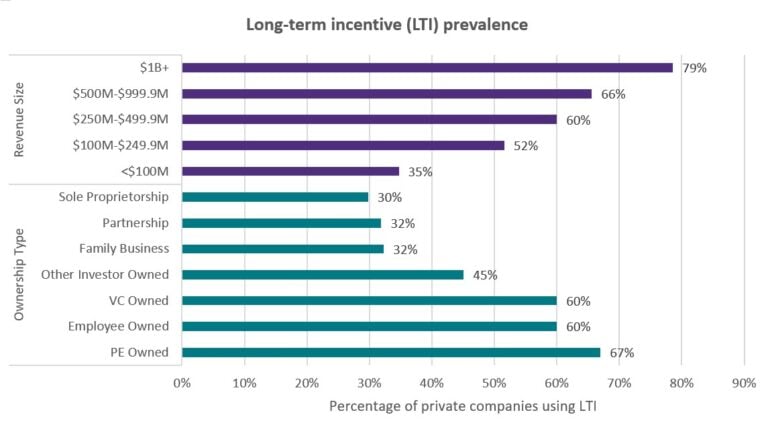
 This is Part 2 of a 2-part series. Click here for part 1.
This is Part 2 of a 2-part series. Click here for part 1.
Despite all best efforts, brands are imitated which is why taking the proper steps to assure your brand is registered and protected is critical. To build a solid foundation for future legal efforts to protect your brand requires work up front.
These initial steps include:
• Register trademarks and copyrights (with the Patent Office or the Copyright Office) and record these IP rights (with Customs offices) to solidify your brand rights.
• Vigorously publicize your brand to customers and competitors. Creating consumer awareness and loyalty reinforces your rights, strengthens your brand, and dissuades competitors from adopting similar or counterfeit branding.
• Establish robust and routine processes to detect threats to your brand. Regularly search B2B (business-to-business) and B2C (business-to-consumer) websites to identify counterfeit products.
• Consider employing both overt and covert brand security measures. Use product labels with holographic images for overt brand security measures. This will allow the product owner, distributors, and customers to assist in detecting counterfeit products. Covert measures (e.g., invisible ink on packaging or molecular taggants) can be hard for counterfeiters to replicate, and will allow the product owner to rapidly distinguish between authorized products and fakes.
• Engage customers, distributors, and the public. Encourage them to report suspicious products to you.
Having taken steps to protect your brand may lead to opportunities to go after copyists and threats to your brand. While it is important to consider carefully where and how to respond, it is equally important to recognize that delays in responding to threats put your brand at risk. Once a potential threat is detected, consult with experts who can help weigh the pros and cons of various strategies and select the most appropriate response.
Brand protection litigation in the United States takes many forms, can be quite costly, and may include:
• For counterfeit products being imported into the United States, consider submitting an online allegation of infringing shipments to U.S. Customs and Border Protection. This helps border agents locate counterfeit products before they reach the market. There is minimal cost in taking this approach.
• For existential threats (e.g., from much larger competitors) an all-out effort, including litigation in court, may be required. Such lawsuits are not without risks, and can drain significant resources and put valuable company assets at risk.
• For smaller threats (e.g., niche players), consider commercial litigation, and do not limit yourself to IP litigation. In particular, make sure to consider whether contractual agreements in existence might provide the relief against the litigation target, which you are seeking. Breach of contract litigation in state court tends to be less expensive than IP litigation in federal court, and may move more quickly.
• For inferior competitor products, the threat may be met without going to court by reinforcing your brand identity within the market.
Technology innovators should employ a multi-layered approach to brand protection at the very earliest stages of commercialization. While true innovators may enjoy a first-mover advantage, that advantage is only temporary and increasingly short-lived.
Establishing a strong brand identity and protecting that brand’s integrity is one of the single most important factors that will help in determining a product’s (and a company’s) long-term success.




0

1:00 - 5:00 pm
Over 70% of Executives Surveyed Agree: Many Strategic Planning Efforts Lack Systematic Approach Tips for Enhancing Your Strategic Planning Process
Executives expressed frustration with their current strategic planning process. Issues include:
Steve Rutan and Denise Harrison have put together an afternoon workshop that will provide the tools you need to address these concerns. They have worked with hundreds of executives to develop a systematic approach that will enable your team to make better decisions during strategic planning. Steve and Denise will walk you through exercises for prioritizing your lists and steps that will reset and reinvigorate your process. This will be a hands-on workshop that will enable you to think about your business as you use the tools that are being presented. If you are ready for a Strategic Planning tune-up, select this workshop in your registration form. The additional fee of $695 will be added to your total.

2:00 - 5:00 pm
Female leaders face the same issues all leaders do, but they often face additional challenges too. In this peer session, we will facilitate a discussion of best practices and how to overcome common barriers to help women leaders be more effective within and outside their organizations.
Limited space available.

10:30 - 5:00 pm
General’s Retreat at Hermitage Golf Course
Sponsored by UBS
General’s Retreat, built in 1986 with architect Gary Roger Baird, has been voted the “Best Golf Course in Nashville” and is a “must play” when visiting the Nashville, Tennessee area. With the beautiful setting along the Cumberland River, golfers of all capabilities will thoroughly enjoy the golf, scenery and hospitality.
The golf outing fee includes transportation to and from the hotel, greens/cart fees, use of practice facilities, and boxed lunch. The bus will leave the hotel at 10:30 am for a noon shotgun start and return to the hotel after the cocktail reception following the completion of the round.